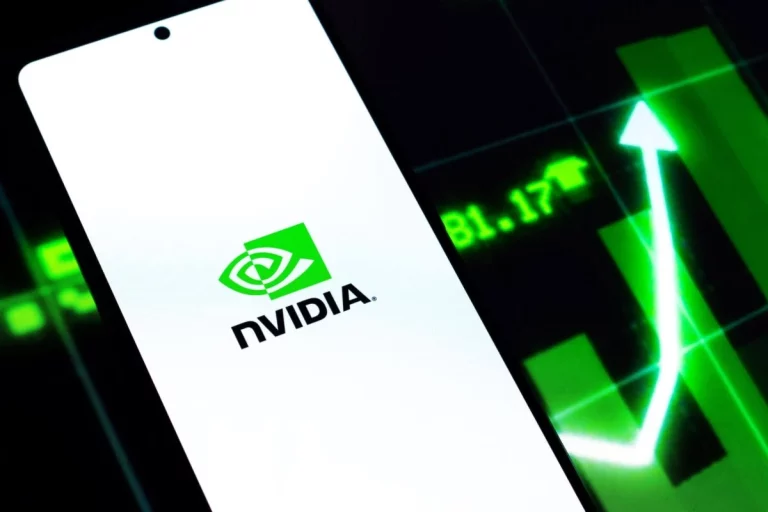
“
Wearable Tech in 2025: Bridging the Gap Between Health and Technology
Wearable Tech in 2025: Bridging the Gap Between Health and Technology. The world of wearable technology has come a long way since the introduction of the first smartwatch. Today, we have a wide range of devices that can track our fitness, monitor our health, and even receive notifications from our phones.
Introduction to Wearable Tech
Wearable tech, also known as wearables, refers to electronic devices that are designed to be worn on the body. These devices can be worn on the wrist, clipped to clothing, or even implanted under the skin. The main purpose of wearable tech is to track and monitor various aspects of our health and fitness, such as heart rate, blood pressure, and physical activity.
Types of Wearable Tech
There are several types of wearable tech available in the market today. Some of the most popular ones include:
- Smartwatches: These are devices that resemble traditional watches but have additional features such as fitness tracking, GPS, and notification alerts.
- Fitness Trackers: These are devices that are specifically designed to track physical activity, such as steps taken, distance traveled, and calories burned.
- Health Monitors: These are devices that are designed to monitor various aspects of our health, such as heart rate, blood pressure, and blood glucose levels.
- Smart Jewelry: These are devices that resemble traditional jewelry but have additional features such as fitness tracking and notification alerts.
Advantages of Wearable Tech
Wearable tech has several advantages that make it a popular choice among consumers. Some of the most significant advantages include:
- Convenience: Wearable tech devices are designed to be worn on the body, making it easy to track and monitor our health and fitness without having to carry a separate device.
- Accuracy: Wearable tech devices can track and monitor various aspects of our health and fitness with high accuracy, providing us with valuable insights into our lifestyle.
- Motivation: Wearable tech devices can motivate us to adopt a healthier lifestyle by setting goals and tracking progress.
- Connectivity: Wearable tech devices can connect to our phones and other devices, allowing us to receive notifications and control our music playlists.
Challenges Facing Wearable Tech
Despite the many advantages of wearable tech, there are several challenges that the industry is facing. Some of the most significant challenges include:
- Accuracy: While wearable tech devices can track and monitor various aspects of our health and fitness with high accuracy, there is still room for improvement.
- Interoperability: Wearable tech devices from different manufacturers may not be compatible with each other, making it difficult to share data and integrate with other devices.
- Security: Wearable tech devices can be vulnerable to cyber attacks, which can compromise our personal data and security.
- Cost: Wearable tech devices can be expensive, making it difficult for consumers to afford them.
Future of Wearable Tech
The future of wearable tech is exciting and promising. With advancements in technology, we can expect to see more innovative and sophisticated devices that can track and monitor various aspects of our health and fitness. Some of the trends that we can expect to see in the future include:
- Artificial Intelligence: Wearable tech devices will incorporate artificial intelligence to provide more personalized and accurate insights into our health and fitness.
- Internet of Things: Wearable tech devices will integrate with other devices and systems to provide a more seamless and connected experience.
- Augmented Reality: Wearable tech devices will incorporate augmented reality to provide a more immersive and interactive experience.
- 5G Connectivity: Wearable tech devices will incorporate 5G connectivity to provide faster and more reliable data transfer.






2 thoughts on “Wearable Tech in 2025: Bridging the Gap Between Health and Technology”
Comments are closed.